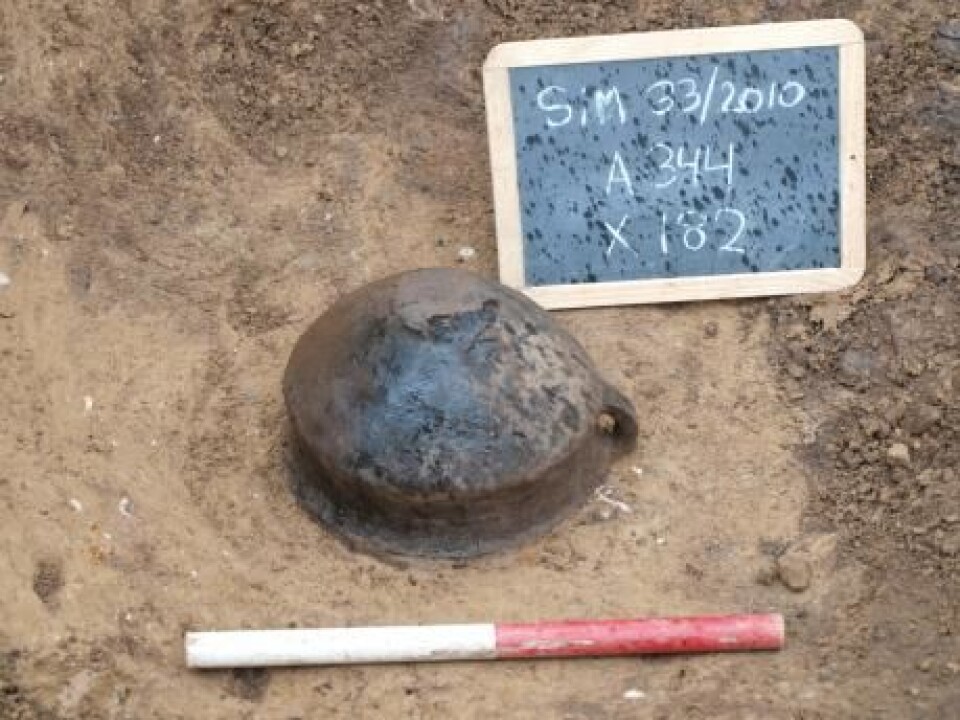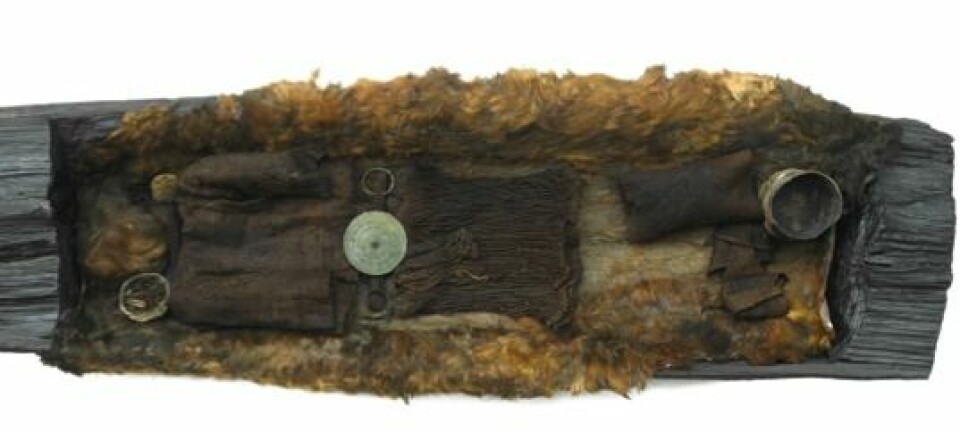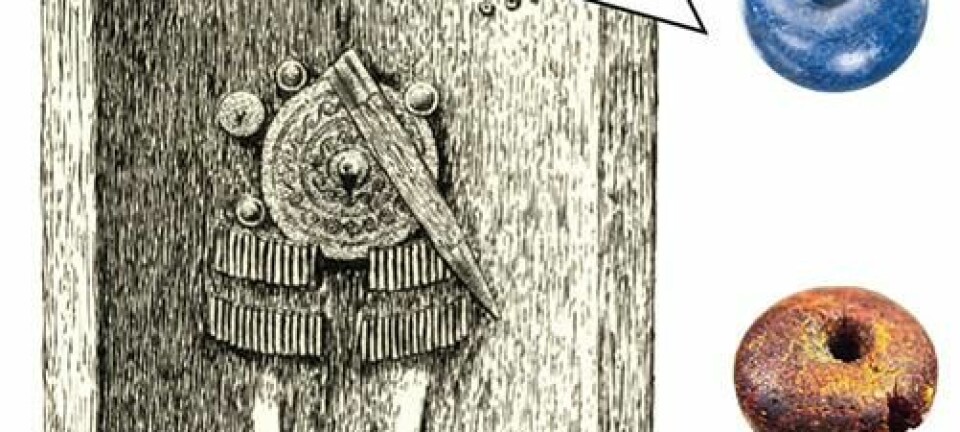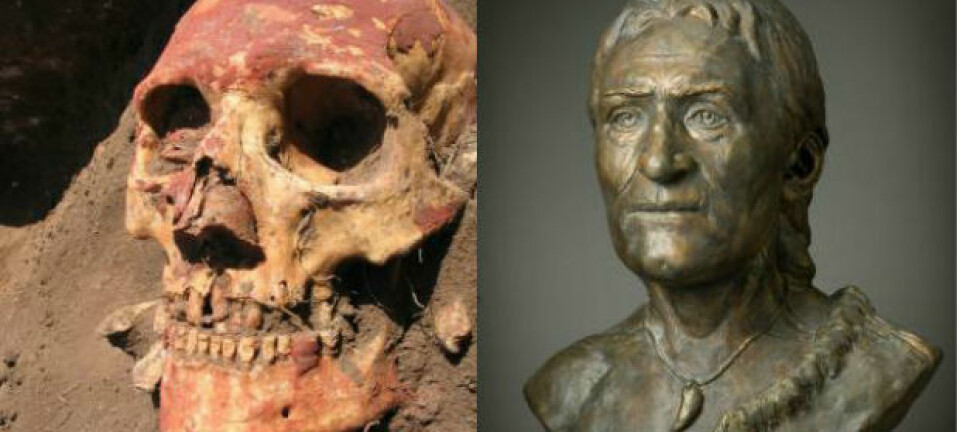
Burnt cheese casts light on 3,000 year-old family drama
When someone in Bronze Age Denmark quickly disposed of a burnt pot, they unintentionally provided archaeologists with a unique find.
A moment of carelessness, 3,000 years ago has given Danish archaeologists an unexpected gift.
A clay pot unearthed during an archaeological excavation in central Jutland, Denmark, contains the possible remains of a failed attempt of cheese making.
Something went wrong during the process and the cheese maker most likely threw the pot away into the street, only to show up again thousands of years later.
“We found the clay pot in what was once a pit. Quite unusually, it was in near mint condition and this is itself is an exciting find,” says curator and archaeologist Kaj F. Rasmussen from Museum Silkeborg, Denmark.
Archaeologists scratched their heads

But the pot turned out to be even more exciting that they first realised. When they cleaned the pot, they discovered a white-yellow layer of some substance that was burnt onto the inside.
“Normally, you find black, charred deposits in the remains of pots that are typically from corn or seeds. But here we found a white-yellow crust that we hadn’t seen before,” says Rasmussen.
He sent the remains for so-called macrofossil analysis to looks for traces of plant material, meat, or fish.
“The closest they could come to [identifying the deposit] was that it was a foamy, vitrified material, which could be the remnants of oil or sugar substances. So we scratched our heads, because we hadn’t come across this before. We then sent samples to the Danish National Museum to see if we could get closer,” he says.
Read More: A famous Danish Bronze Age icon turns out not to be Danish after all
Fats from grass-eating animal
Chemist and senior consultant Mads Chr. Christensen from the National Museum conducted the analysis.
“We took a microscopic sample of the remains and studied them using mass spectrometry. After we had consulted the literature in this field we cautiously came to the suggestion that is was bovine fat,” says Christensen.
“It’s an unusual find. You don’t often find these types of deposits. In general, it’s really rare to find such traces from these old objects,” he says.
“Hopefully we’ll find something similar one day that contains more information that we can compare with, and conclude more precisely, what is in the pot,” says Christensen.
Read More: Stinky old cheese is good for your heart
Possibly failed cheese production
Rasmussen's preliminary guess is that it could be the failed result of cheese making.
“The fat could be a part of the last traces of curds used during the original production of traditional hard cheese. The whey is boiled down, and it contains a lot of sugars, which in this way can be preserved and stored for the winter,” says Rasmussen.
“It is the same method used to make brown, Norwegian whey cheese, where you boil down the whey, and what’s left is a caramel-like mass that is turned into the brown cheese that we know today from the supermarket chiller cabinet,” he says.
The discovery of the pot with its burnt remains casts light into the everyday life of Bronze Age people, 3,000 years ago.
“I cannot help but wonder if someone had a guilty conscience. It’s well and truly burnt and must have smelt terrible,” says Rasmussen, who ponders what family dramas came from the burnt pot.
“Were there any hard feelings over the missing cheese? Perhaps there was a little family drama? You can almost imagine how quickly he must have acted to get rid of that pot!”
-------------
Read the Danish version of this article on Videnskab.dk
Translated by: Catherine Jex









